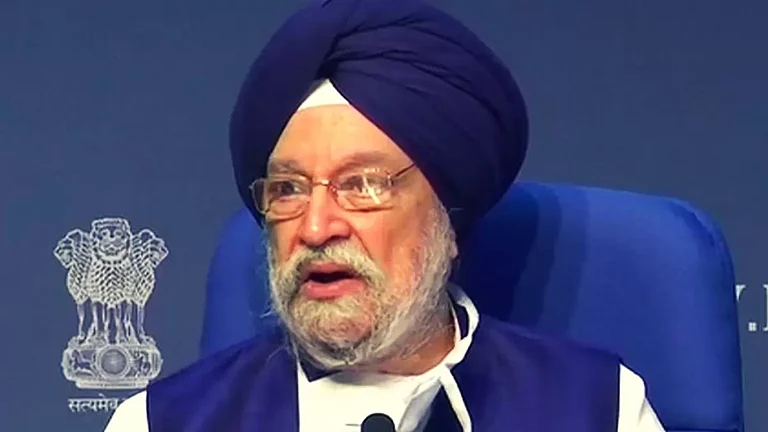Cryptocurrency is the paradise where high-tech meets teenage chaos. Built on open, public blockchains, where information is validated by all, decentralised finance (DeFi) harks back to the idealism of the early adopters of the internet much before it became the battleground of fierce competition as tech giants built walled gardens.
The romantics view cryptos as the rise of a currency without the centralised tyranny of authorities and governments. While the more pragmatic look at it as the fruits of DeFi built on Web3. For crypto-skeptics there is enough fodder, as the Narcotics Control Bureau, last month, busted a pan-India drug network that was transacting in cryptos; news reports poured in about D-Company’s adoption of the virtual coin or when hackers swooped into the seemingly impregnable codes of blockchain. But, as data shows a mind-boggling over 500% increase in global crypto transactions in 2021, we know that crypto believers have been making money, riding on the exponential rise in popularity of virtual coin trading. But, riding on the popularity of cryptos is the popularity of DeFi that is redefining the financial system. As applications after applications get built on blockchain after blockchain, this fiendishly complicated system saw an increase from less than $1 billion to more than $200 billion in two years in asset value stored on it, reported The Economist.
As the future of digital economy stares us in the face, governments across the world are still trying to navigate the complexities of cryptocurrency to find ways of defining and regulating it. The dilemmas are many: how to define cryptos? If it is an asset class, what is its underlying value. Is it a currency (El Salvador clearly thinks so)? If so, how can central banks look beyond their suspicions of anarcho-capitalism?
But, the underlying effort is to control it. Therein lies the chasm between the idea of cryptos and centralised governance. Perhaps built as a reaction to the global financial crisis of 2008 while looking for an alternate financial model, regulating it through conventional modes today will be difficult.
So, the popular reaction from governments has been to launch their digital fiats, as banning cryptocurrency has proved counterproductive. After all, when taxed, gains from crypto trading are a sizeable revenue stream for them.
When country after country launches digital fiats, they will strike a body blow to the fundamental concept of crypto and DeFi, as the currency is weaned out of the crypto, thus leaving behind an asset without a value. Regulation by governments would mean Satoshi Nakamoto’s socialistic idea of the cryptocurrency paradise will be overrun by state-dictated centralisation. The romanticism of peer-to-peer transactions as the central idea of DeFi will also be lost soon.
And, in the end, world leaders would have successfully decrypted cryptos.






























